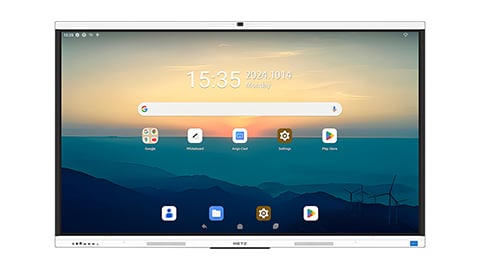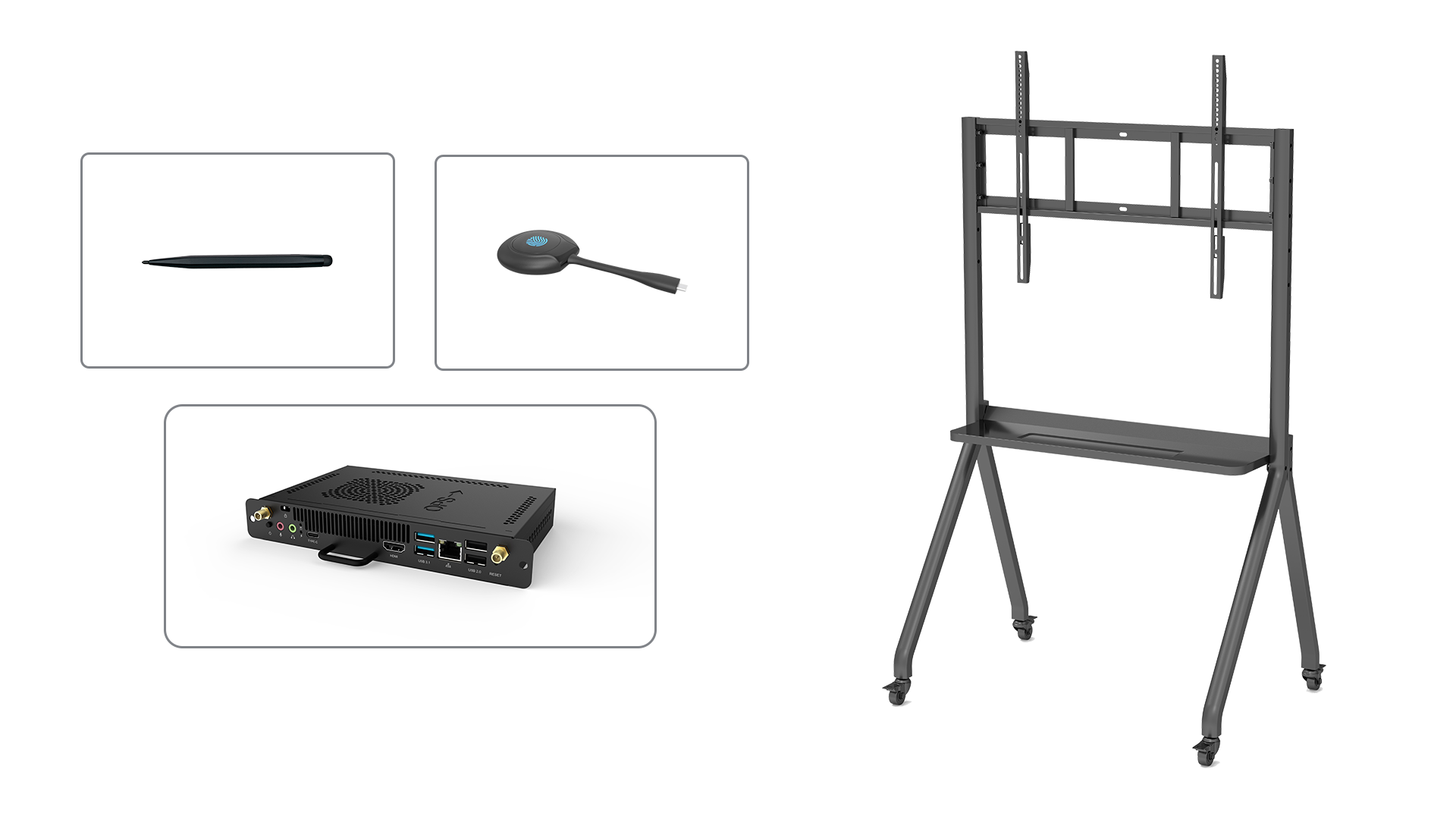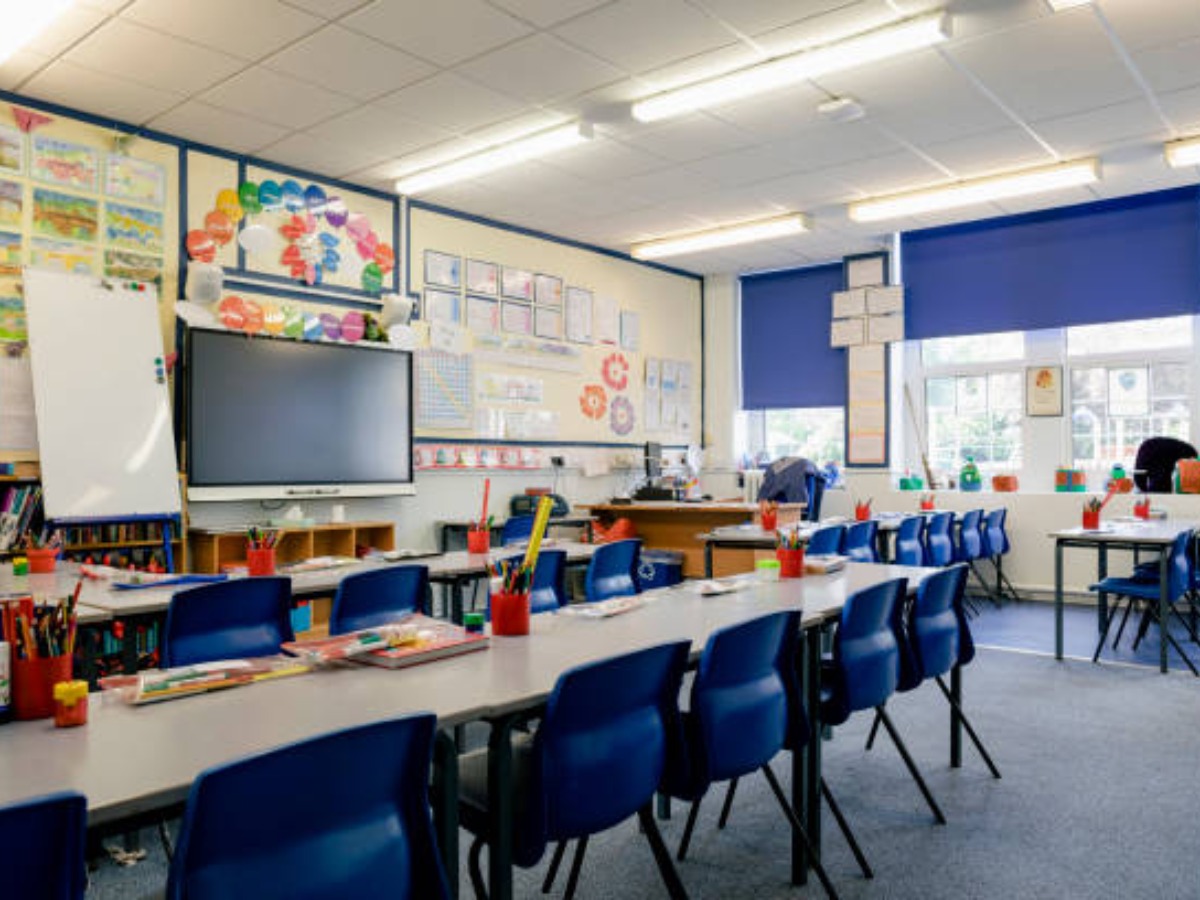Enhancing Teaching and Learning with a Smartboard
A smartboard, also known as an interactive whiteboard, is a powerful tool that has revolutionized the modern classroom. It combines the functionality of a traditional whiteboard with the interactivity of a computer screen, allowing teachers and students to engage in a more dynamic learning experience. In this article, we will explore the various benefits of using a smartboard in the classroom.
1. Interactive Learning
One of the primary advantages of using a smartboard in the classroom is the ability to create an interactive learning environment. With a smartboard, teachers can display multimedia content, such as videos, images, and interactive quizzes, directly on the board. This helps to capture students' attention and actively engage them in the learning process.
2. Visualizing Concepts
Visual aids play a crucial role in understanding complex concepts. Smartboards provide a platform for teachers to illustrate and visually represent ideas in a more interactive and engaging manner. Whether it's drawing diagrams, labeling parts, or graphing data, the smartboard allows teachers to present information in a visually appealing way, making it easier for students to comprehend and remember.
3. Collaborative Learning
Smartboards promote collaboration among students by enabling them to actively participate in group activities. With features like touch-screen capabilities and interactive tools, students can come to the board and work together to solve problems, complete puzzles, or brainstorm ideas. This fosters a collaborative learning environment where students can learn from one another and develop essential teamwork skills.
4. Increased Engagement
Traditional whiteboards can sometimes be limited in terms of student engagement. However, smartboards offer a wide range of interactive features that capture students' attention and keep them engaged throughout the lesson. Whether it's dragging and dropping objects, highlighting text, or playing educational games, these interactive elements make learning more enjoyable and motivate students to actively participate in the classroom.
5. Personalized Learning
Every student has a unique learning style and pace. Smartboards provide opportunities for personalized learning by allowing teachers to tailor their lessons to meet individual student needs. Teachers can use the smartboard to differentiate instruction, provide extra practice for struggling students, or challenge advanced learners with additional resources. This individualized approach helps to enhance student achievement and promote a positive learning experience.
6. Real-Time Feedback
With a smartboard, teachers can instantly assess student understanding and provide immediate feedback. They can use interactive quizzes, polls, and surveys to gauge students' comprehension and identify any misconceptions. This real-time feedback allows teachers to adjust their instruction accordingly and address any gaps in student understanding, promoting a more effective and efficient learning process.
7. Access to Online Resources
Smartboards are equipped with internet connectivity, giving teachers and students access to a vast array of online resources. Teachers can bring in live videos, educational websites, and online simulations to supplement their lessons and provide additional learning opportunities. This integration of technology allows students to explore and discover new information, expanding their knowledge beyond the confines of the traditional classroom.
8. Easy Lesson Planning
Smartboards streamline the lesson planning process for teachers. They can easily save and organize lesson materials, including presentations, videos, and interactive activities, for future use. This not only saves time but also ensures that teachers have a bank of resources readily available to enhance their instruction. Smartboards also allow for seamless integration of multimedia content, making lessons more engaging and interactive.
9. Eco-Friendly Solution
By using a smartboard, teachers can significantly reduce the consumption of paper in the classroom. Instead of printing handouts or writing on traditional whiteboards, teachers can use the smartboard to display and save notes digitally. This not only helps to save trees but also teaches students about the importance of environmental sustainability.
10. Preparation for the Digital Age
In today's digital world, it is essential for students to develop digital literacy skills. By incorporating smartboards into the classroom, students gain exposure to technology and become familiar with using digital tools for learning. This prepares them for the digital age, where technology is prevalent in almost every aspect of life and work.






